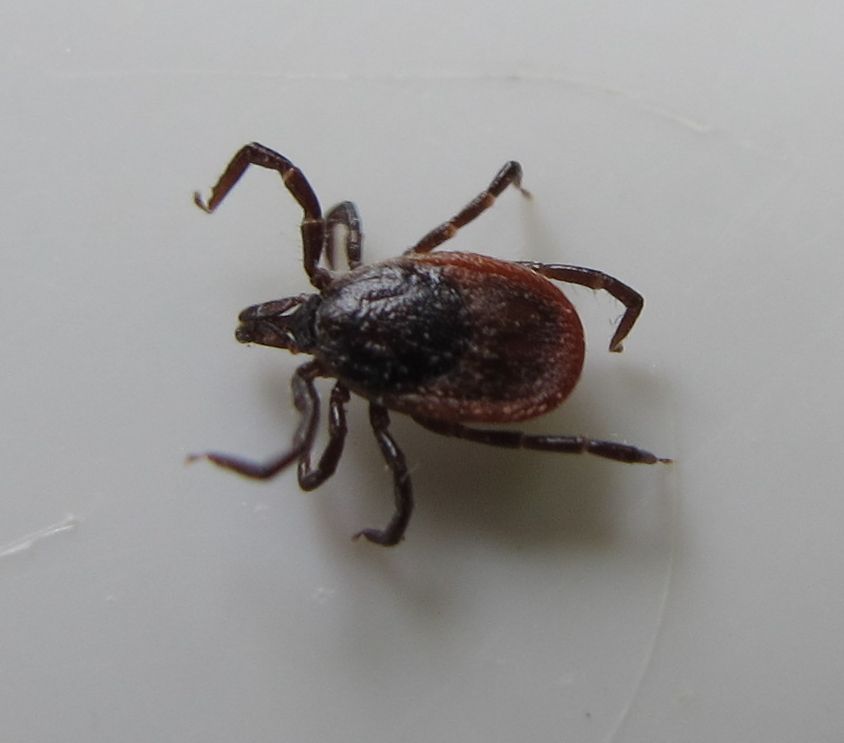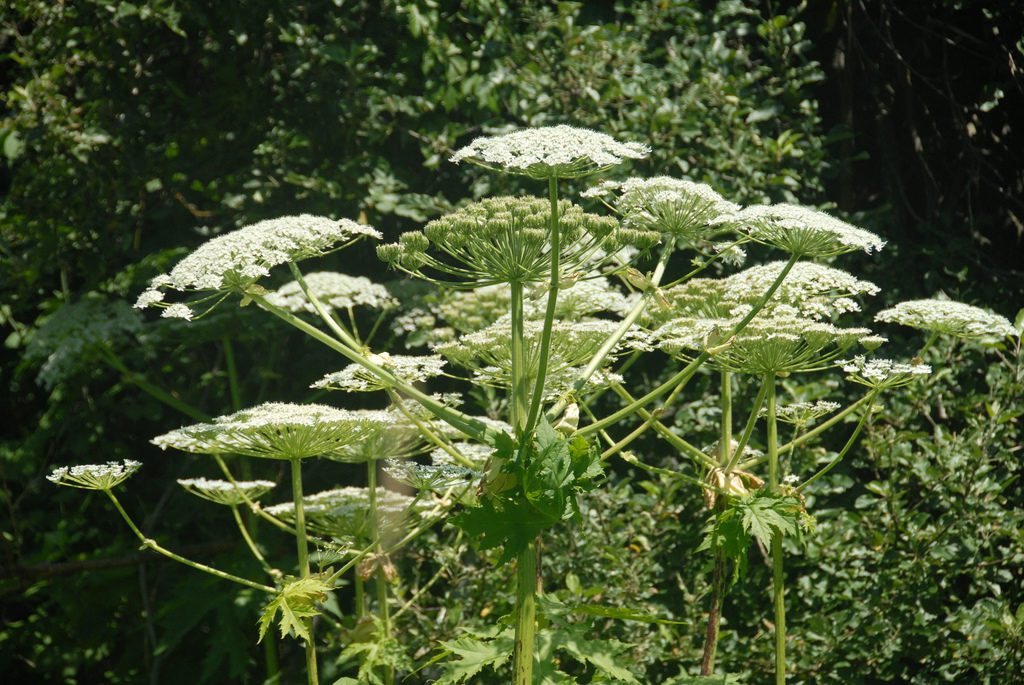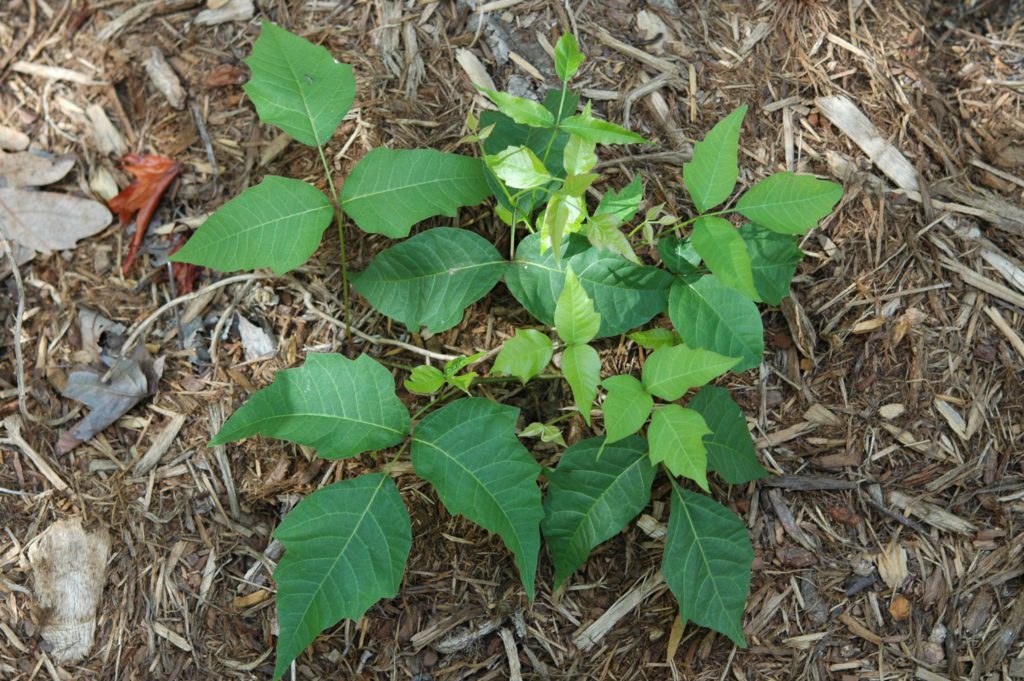Itching to Ride: Ticks, Hogweed, Poison Ivy

If you go out in the woods today, you’d better keep watchful eyes. Ticks, Poison Ivy, and Giant Hogweed can all take the fun out of a mountain bike ride, so be mindful of what to watch for, and what to do if you have an encounter with any of the above.
Ticks are getting a lot of press in recent years, and the attention is understandable. Some ticks carry bacteria that causes Lyme disease, a condition that is lifelong and presents in a myriad of less-than-desirable symptoms. Untreated, Lyme disease can have negative effects on your heart and nervous system, and can cause arthritis, changes in behaviour, sleep disturbances, and fatigue.

The worry over such serious repercussions could indeed cause similar symptoms. Just writing this is making my skin crawl. Here’s a run down of what you need to know.
Ticks hang out in long grass and wooded areas, and they’re quite small – dozens could have a dance party on the face of a quarter. They are dark, and have eight legs, tiny heads and giant bodies. Take a deep breath though; most ticks do not carry Lyme disease
Contest: Enter to win the Quarq Shockwiz suspension tuner
Ticks will latch on to skin and can often head to warmer areas like armpits and the groin. It’s best to wear long sleeves and pants to help protect yourself, and when in short sleeves and shorts, to use a DEET-based insect repellant. Light coloured clothing makes it easier to spot ticks, and it’s a good idea to look over clothing after you’ve home from a ride to try to spot ticks.
If you find one has already bitten, use narrow tipped tweezers to grab hold of the tick as close to your skin as possible, and gently pull it out. Put it in a jar to have it checked by your doctor should you start to show early symptoms of Lyme – a bull’s eye rash, soreness, fatigue, fever, headache.
For those who take four legged friends out on rides, check your pets as well. “Armpits,” groin, snout and mouth are good places to check closely, but a thorough all-over search is a good idea. Vets can prescribe medications to repel or kill ticks before they can cause a Lyme infection, but as with anything, no treatment is 100% effective.
Poison Ivy and Giant Hogweed aren’t much fun either, but don’t carry the most serious long term concerns on offer from Lyme disease.
Giant Hogweed is an invasive species that was brought to North America to decorate gardens, at which point it chose to strike out on its own and spread into more wild areas. This intrepid plant grows up to 15 feet high, and has large, broad collections of white flowers that really are quite pretty. Less pretty are the leaves and stems, which can cause skin to become extremely sensitive to sunlight, allowing you to easily burn in affected areas for as long as ten years.

Poison Ivy causes a red, oozing rash that will cramp your social life until treatment brings you back to normal. It tends to grow along edges of vegetated areas, especially in sunny sections alongside trails. “Leaves of three, let it be” is a good axiom to follow, and be aware that Poison Ivy can look and grow differently, from ground cover to climbing vines.
Contest: Enter to win the Quarq Shockwiz suspension tuner

Really, the best practice is not to touch plants you can’t identify, stay on the trail, and wash yourself and your clothes as soon as you finish your ride. Dogs can also transport poison ivy, so if you think your best friend may have strayed off the path into the greenery, best to give them a bath as well.
